As a child, I can recall looking out at the night sky and feeling that somehow that was where I came from, my true home. My fascination with the cosmos was fed through visits to Los Angeles’ Griffith and Mount Wilson observatories, where giant telescopes brought the seemingly unreachable planets directly into my perception. Seeing Saturn’s rings for the first time, not just in a textbook but with my own eye, as if I could reach out and touch them, filled me with a deep wonder that still remains, for the universe and my place within it.
One thing we do know is that, just like humans, all stars are born, grow old, and eventually die in their own unique series of expansion, contraction, and explosion. New stars and all life form from the very particles of the deceased stars. Carl Sagan first articulated what this means for us Earthlings: that we are all made of stardust. Perhaps this is why, when we look up at the night sky, we feel like we are home. Here are some of the best sites for stellar contemplation:
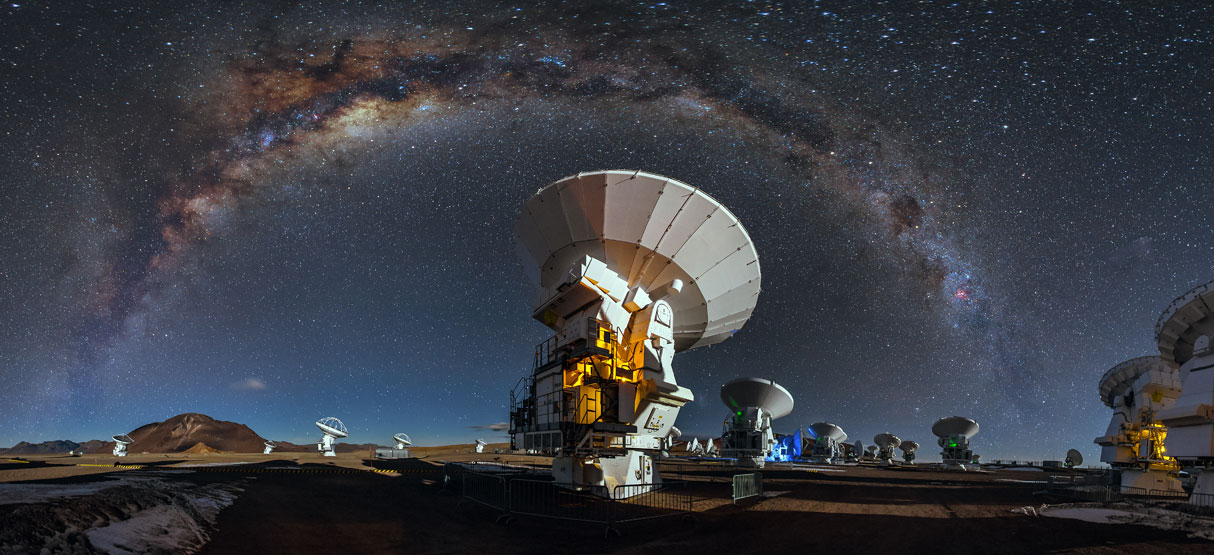
This desert has one of the darkest, clearest night skies on Earth making it a number one stop for astro-tourists. High altitude, clear skies, dry climate, and low light pollution provide the perfect combination of elements for prime stargazing. The Paranal Observatory holds the Very Large telescope, one of the world’s biggest. Specialised tours abound, leading the quest for the perfect cosmic viewing. But it is the ‘ALMA Observatory that has space enthusiasts clamouring to visit.
Here, the world’s strongest radio telescope is able to look billions of light years into deep space, all in broad daylight.
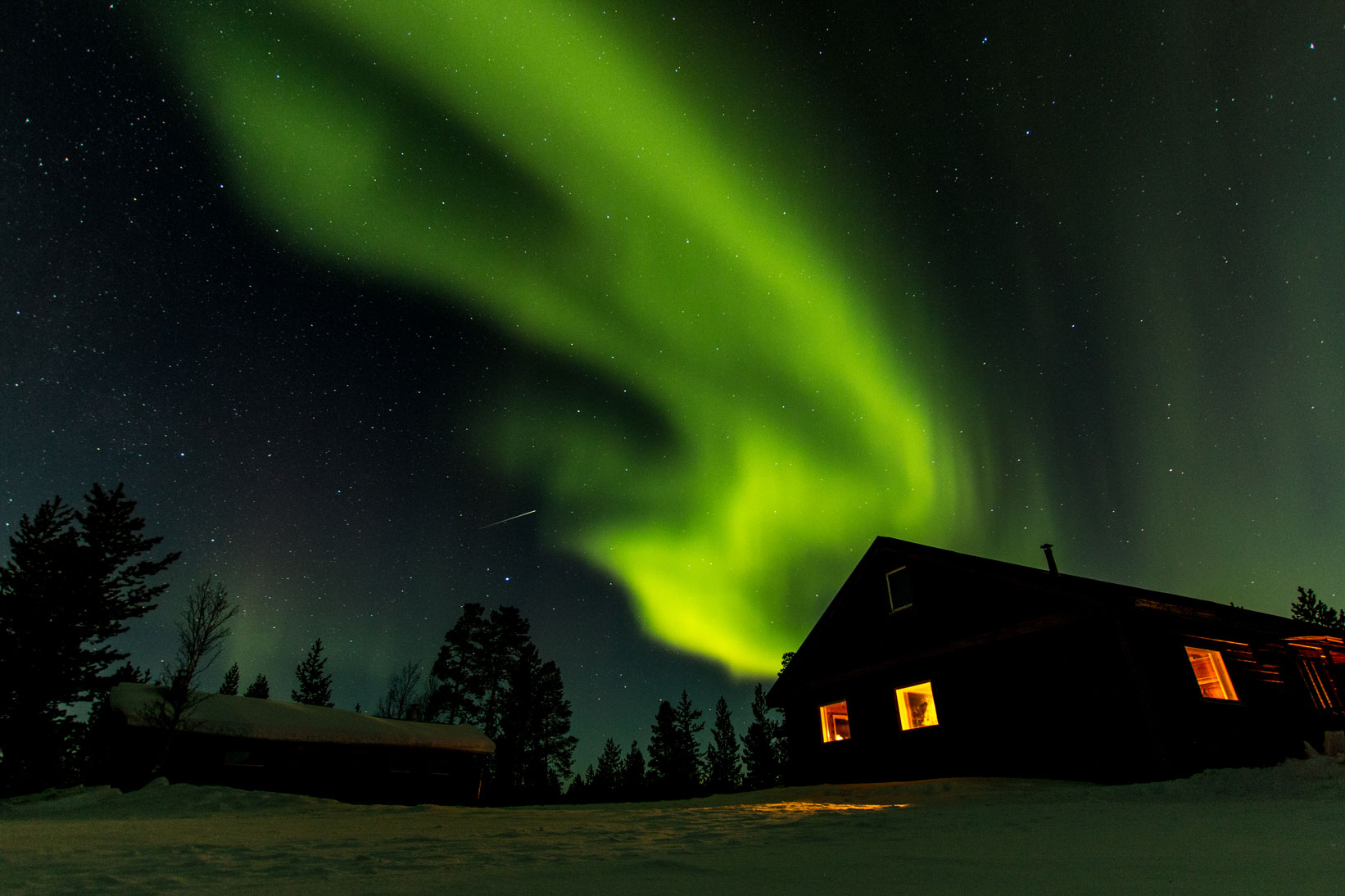
The northernmost town in Sweden is preparing to become Europe’s new space tourism centre. The Space Travel Alliance, along with the Esrange Space Centre, aim to offer civilians short trips into space. These space jumps’ would reach a 100-kilometre altitude, allowing tourists a space-eye-view of Earth in zero gravity before descending back home. Until then, the cosmically curious should visit during winter’s perpetual darkness for stunning views of the Northern Lights without the need for any equipment. An added bonus is the Kiruna Snow Festival, home of the international snow sculpting championships, with giant jaw-dropping snow sculptures on display January 27–30, 2016.
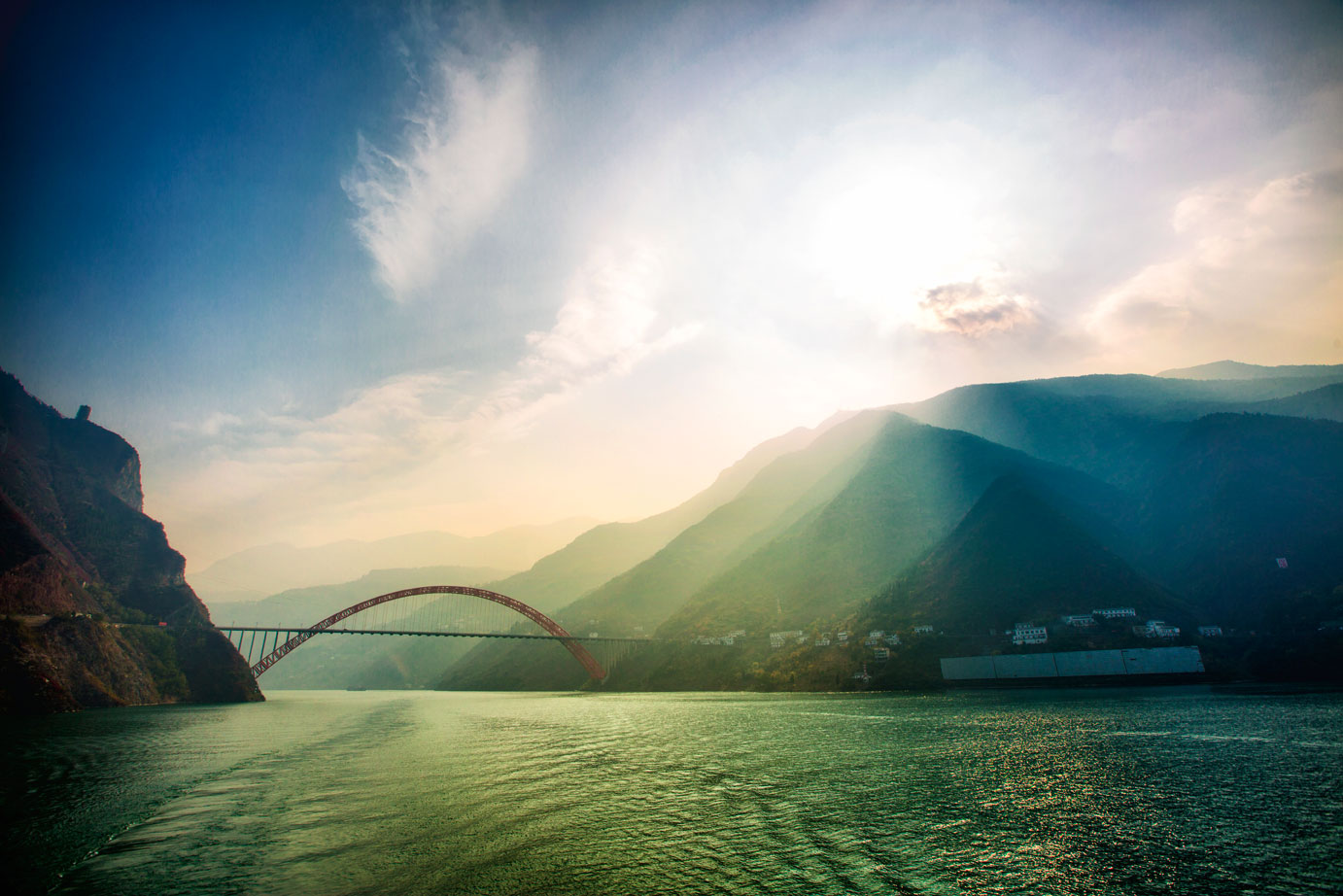
Located in China’s lush countryside along Asia’s longest river, the Yangtze River Valley offers beautiful views of the night sky. Here, one can become immersed in China’s long-standing history of astronomy, dating back to the 4th Century B.C. The Chinese built some of the oldest known observatories between 1276 and 1442. Ancient stargazers carefully mapped the movements of the celestial bodies for their solilunar calendar, resulting in the production of the oldest existing complete map of the stars. Hike through the Three Gorges area of the Yangtze for mountain views or take a river cruise for glittering views from the water.
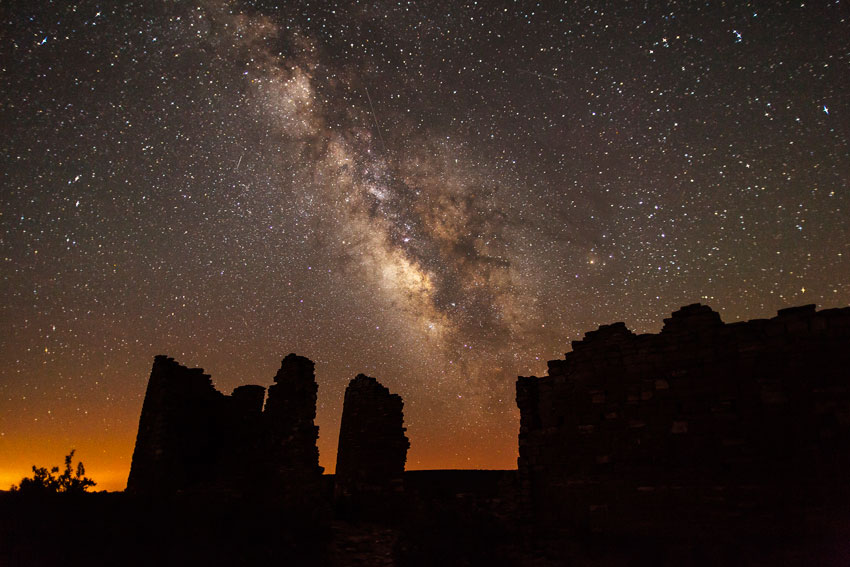
Hovenweep National Monument in Utah contains six Ancestral Puebloan village ruins believed to date back as far as 900 AD. Several solar calendar petroglyph panels still amongst the ruins suggest that this ancient agricultural community relied on astronomy to track summer and winter solstices and aid in crop planting. Now a national monument, Hovenweep is a certified gold-tier International Dark Sky Park, ensuring that the natural night sky will be preserved for many generations of future stargazers. A remote and wild stretch of the Utah and Colorado border, this off-the-beaten path destination requires that one be their own tour guide.

On the Big lsland of Hawai’i, Mauna Kea is home to a prestigious collection of observatories and telescopes for optical, infrared and submillimetre astronomy. Located 4200 metres up the summit of the mountain, the best time to visit Mauna Kea Observatories is when the sun can be viewed setting behind the cloud line instead of the ocean. Once the observatory closes at dusk, the Visitor Information Station halfway down the slope offers a free stargazing program every night of the week from 6–10pm, no reservations required. Organised stargazing tours are also available for those who want a personalised experience.
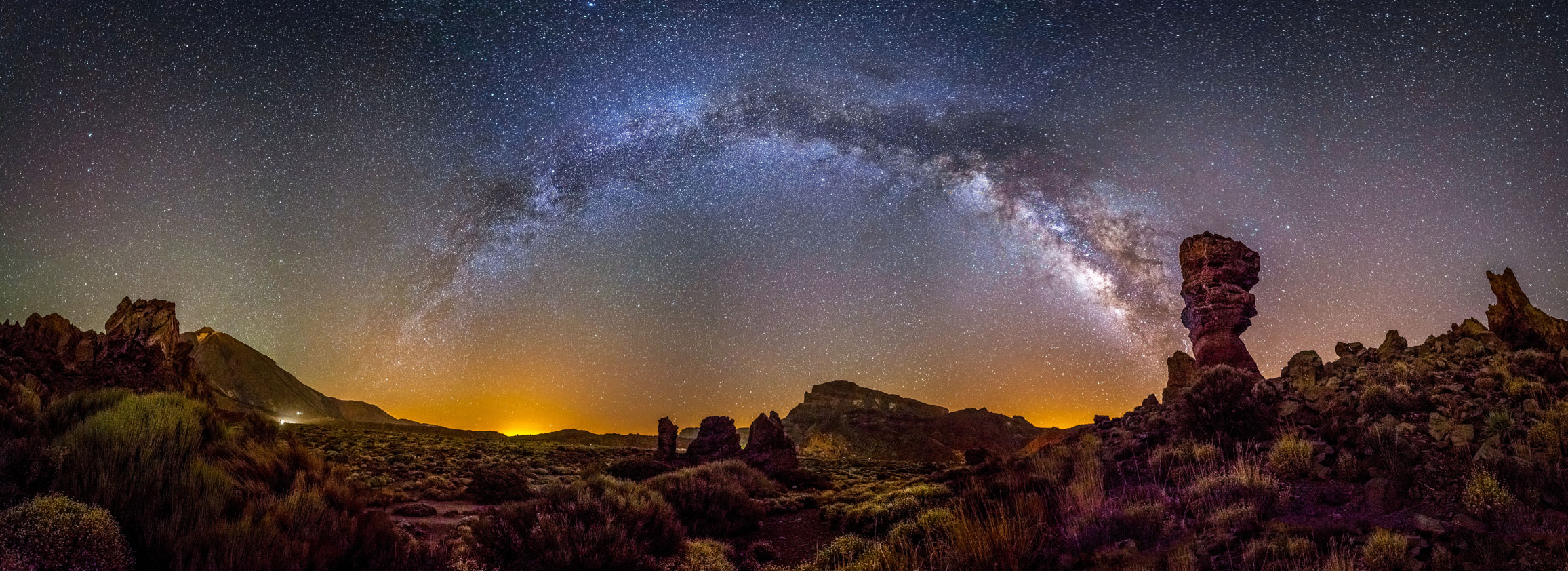
Spain’s Canary Islands offer myriad venerable stargazing destinations and events. The Roque de los Muchachos Observatory on the island of La Palma boasts the largest single-aperture optical telescope in the world — the Great Canary Telescope. Tenerife, the most-visited of the islands, is home to the semi-annual Starmus Festival. A science conference unlike any other, Starmus is an international celebration of the cosmos hosting talks by such luminaries as Stephen Hawking, Buzz Aldrin, and Neil Armstrong. It was created by Queen’s lead guitarist Brian May (who also holds a doctorate in astrophysics).
